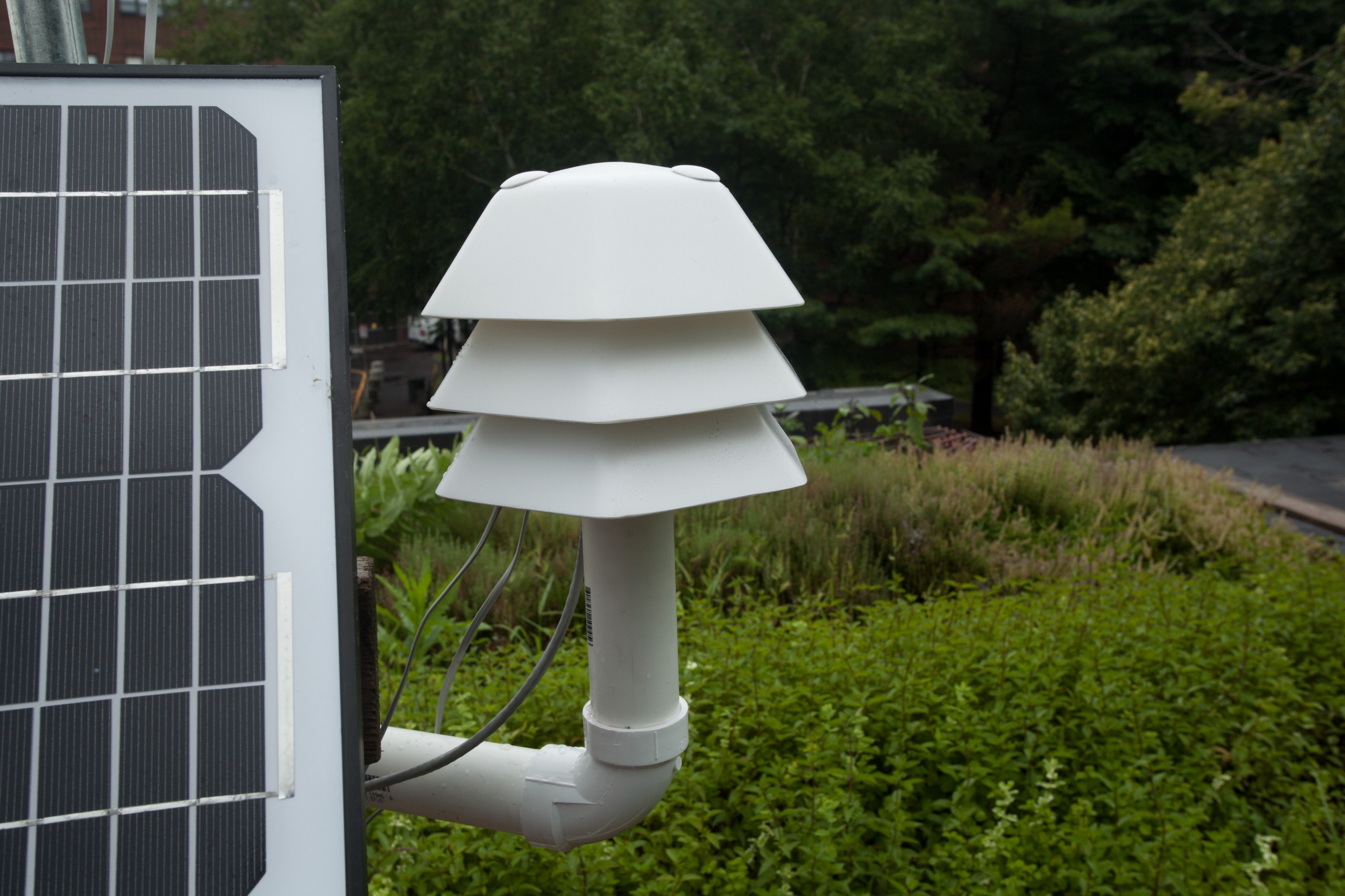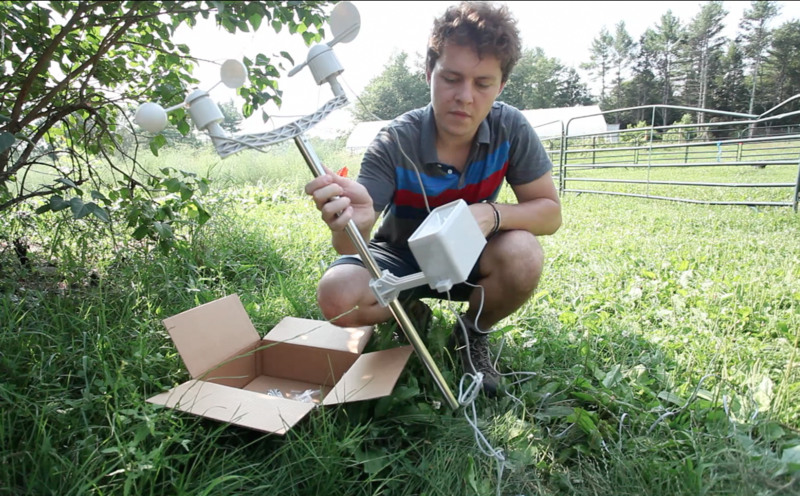

Farming tech company Apitronics wants to help farmers take ownership of the data from their land with a series of wireless modules that monitor anything from the weather to soil moisture, or whatever else proves useful.
Louis Thiery, founder of Apitronics, realized the need for this sort of technology when he spent some time working on a farm after an undergraduate career focused on business and math. Exploring a farm one morning, Thiery came across a greenhouse still closed from the night before, trapping the heat from the sun’s rays inside. It was a mistake that could have cost the farm thousands of dollars in crops.
He took to the internet to find a sensor system that could offer text alerts for farm workers when environments get too hot. “It seemed like really not a crazy problem to solve technology-wise,” he said, but it was going to be expensive. “Something like a simple temperature sensor for the greenhouse that had the right range, that had the right battery backup, things like that, [was] going to cost upwards of $2,000,” he told me. “Just to send a text message from a temperature sensor.”

Inspired by his experience tinkering with arduinos (small customizable circuit boards), he created a system of sensors that communicates through the internet to give farmers a real-time picture of their farm’s stats. The aim is to take the Internet of Things to the farm.
Farmers can choose to connect either through existing 2G/3G networks or by setting up their own local area networks. In the field, the Apitronics system consists of a series of sensors called Bees that monitor things such as temperature conditions and soil moisture. Data’s then sent back to the “Hive,” a small computer that processes the information. Farmers can also get text alerts on their phones with real-time reports on conditions. Newer systems incorporate setups called weather stations that can extend Apitronics’s range by miles.
The Bees are designed to be as open and customizable as possible. If farmers can develop new sensor types–one detecting levels of nitrogen in the soil, for example–they simply need to plug them in.
Thiery hopes that aside from easing the day-to-day task of farm management Aptronics will help farmers become more efficient in their practices. “Generally the growers or the managers are always erring on the side of caution,” he said. “Rather than under-watering, they’ll over-water a little bit; rather than under-spraying, they’ll over-spray.” He hopes that with more data, farmers will become more precise in their use of resources.
By 2050, experts expect the world’s population to hit 10 billion people, an increase of three billion mouths to feed. This will mean more food production, which in turn means more water, more carbon, more impact on land. “It’s a huge challenge and I think that precision agriculture in general is what’s going to help us achieve that,” Thiery said. “By enabling that I think we’re going to see a lot better use of resources and more efficiencies out of farming.”


How We Get To Next was a magazine that explored the future of science, technology, and culture from 2014 to 2019. This article is part of our The Future of Food section, which covers new innovations changing everything from farming to cooking. Click the logo to read more.
